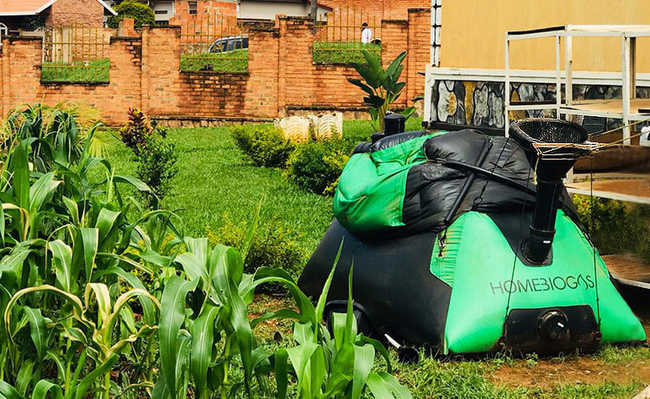What is carbon footprint?
Understand the concept of carbon footprint, how to calculate it and what it is for

carbon footprint , in Portuguese, carbon footprint , is a measure that calculates the equivalent carbon emission emitted into the atmosphere by a person, activity, event, company, organization or government. Many routine activities end up generating atmospheric emissions of greenhouse gases (GHGs). Imagine that everyone in the city, in the state, in the country and in the world also does similar activities... It's a lot of emission, isn't it? To get a sense of the quantities, all these gases can be converted into measures of carbon equivalent, carbon dioxide equivalent (CO2eq). When we measure the amount of equivalent carbon emitted into the atmosphere, we have the carbon footprint of a particular person, company or activity. But before we know what it's for, let's understand it better.
What is carbon footprint?
THE carbon footprint is a methodology created to measure greenhouse gas emissions - all of them, regardless of the type of gas emitted, are converted into equivalent carbon. These gases are emitted into the atmosphere during the life cycle of a product, process or service. Examples of activities that generate emissions are the burning of fossil fuels, the cultivation of rice, the creation of pasture for cattle, deforestation, fires, the production of cement, among others.
- What are greenhouse gases
The carbon footprint is also part of the ecological footprint, or ecological footprint, defined by Rees and Wackernagel, which is a methodology that measures the amount of Earth needed to sustain our lifestyle. THE carbon footprint is part of this methodology, as part of the carbon dioxide is absorbed by oceans and forests that are bioproductive areas. The carbon footprint represents more than 50% of the ecological footprint, being the fastest growing factor since the 1970s, when the carbon footprint was a small fraction of the ecological footprint.
What is the use of carbon footprint?
Through carbon footprint we can analyze the impacts we cause on the atmosphere and climate change caused by the release of greenhouse gases from each product, process or service we consume. Every human attitude has some impact on the planet, however small it may be, and the contemporary way of life emits much more gases than the Earth is capable of absorbing, that is, we are demanding a lot from its biocapacity.
If you eat a dish of rice and beans, know that there was a carbon footprint for that meal (planting, growing and transporting). Knowing our carbon equivalent emissions, directly or indirectly, is very important to reduce them in order to slow down global warming, improve the planet's quality of life, reduce the ecological footprint and avoid overshoot, known as the Earth overload.
Standards and protocols
GHG protocol
It is a widely used method for formulating greenhouse gas inventories; is compliant with ISO standards and IPCC quantification methods; analyzes emissions in the value chains of organizations.
PAS 2050
It quantifies greenhouse gas emissions in the life cycle of a company's products and services in order to manage and reduce them, allowing for product labeling.
ISO 14064
It provides several tools for the development of greenhouse gas emission reduction programs to be applied in industry and government for more sustainable actions.
ISO 14067
It specifies principles, requirements and guidelines for quantifying and reporting the carbon footprint of products (PCP).
How to reduce the carbon footprint?
Changing habits is essential for reducing the carbon footprint . Choose products that have recyclable or recycled packaging, prefer organic food, use returnable bags, be a vegetarian at least once a week (or more than that), compost organic waste, reduce consumption and leave the car at home, replacing it with a bicycle or public transport are some ideas. One liter of gasoline emits 2.3 kg of carbon equivalent into the atmosphere and the manufacture of five plastic bags emits 1 kg. In addition, it is also possible to neutralize carbon. All these actions contribute to the reduction of carbon footprint .
How to calculate your carbon footprint and neutralize it
It is possible to estimate the size of your carbon footprint. The website Carbon Footprint allows you to calculate it using some basic information - the value is approximate, but it helps to get an idea and rethink your everyday choices. the calculator of carbon footprint it's free, but it's in English.
Some companies, such as Eccaplan , offer the carbon calculation and carbon offsetting service for individuals and companies. Unavoidable emissions can be offset in certified environmental projects. In this way, the same amount of CO2 emitted in companies, products, events or in each person's daily life is compensated with incentives and the use of clean technologies.
Carbon offsetting or neutralization, in addition to making environmental projects financially viable, improves people's quality of life and promotes the sustainable use of green areas. To learn how to start offsetting the carbon emitted by you, your company or event, take a look at the article: "What is carbon offsetting?", watch the video and fill out the form below:










